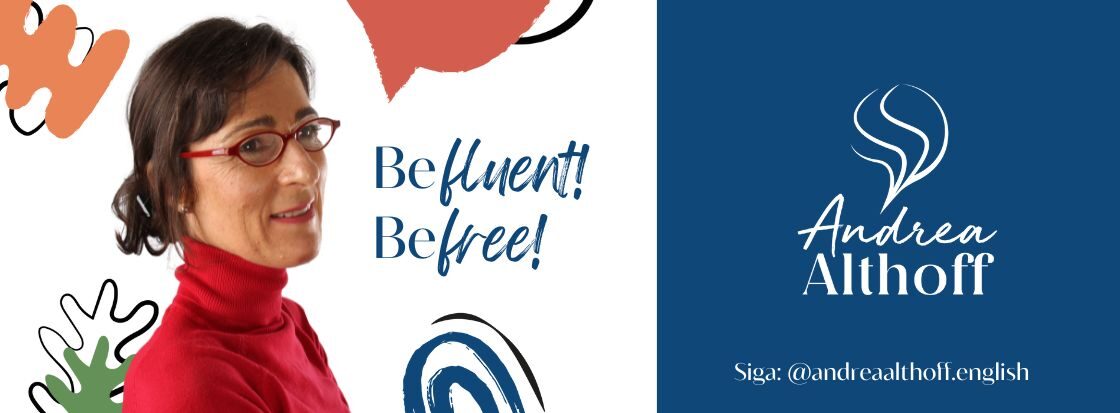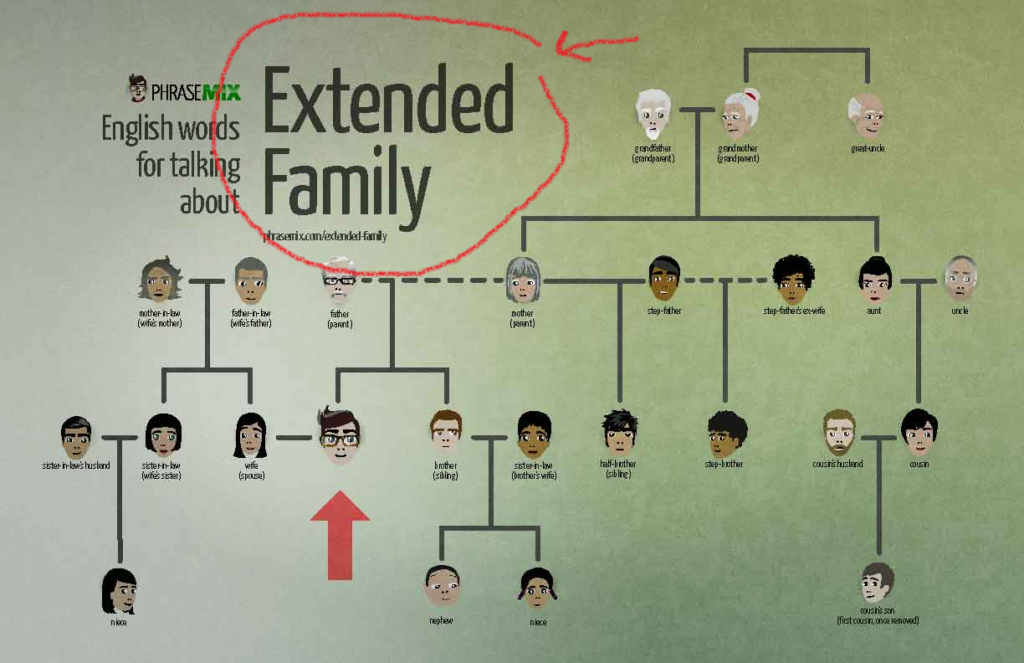
I’m done with most of my tasks, and you? Are you done with your break from English? Your break from me!
The bigger your break, the more you’re gonna have to tell me about it! Hehe…
So be prepared! Be prepared to tell me all the exciting things you did these last few weeks!
By the way, do you know what “I’m done” means?
Definition of ‘done’ (dʌn)
verb the past participle of do.
adjective 1 FINISHED finished or completed
The job’s almost done.
Well, I’m done. I’m going home.
One more question and we’re done.
somebody is done (with something) (=someone has finished doing or using something)
As soon as I’m done, I’ll give you a call.
Are you done with this magazine?
I’ll be glad when the exams are over and done with (=completely finished).
mainly US I’m all done with the vacuuming. Is there anything else I can do?
2 COOKED cooked enough to eat → overdone, underdone
As soon as the cake is done, remove it from the oven.
I think the hamburgers are done.
Is the pasta done yet?
“How would you like your steak done?” “Well done (= cooked for a long time), please.”
interjection said to show that you accept an offer or agree to something.
“I’ll give you $90 for it.” “Done!”
I said “£5,000” to which he replied, “Done!” and shook my hand.
a done deal a formally arranged and agreed plan that will certainly happen.
“The merger is far from a done deal,” said a spokeswoman.







